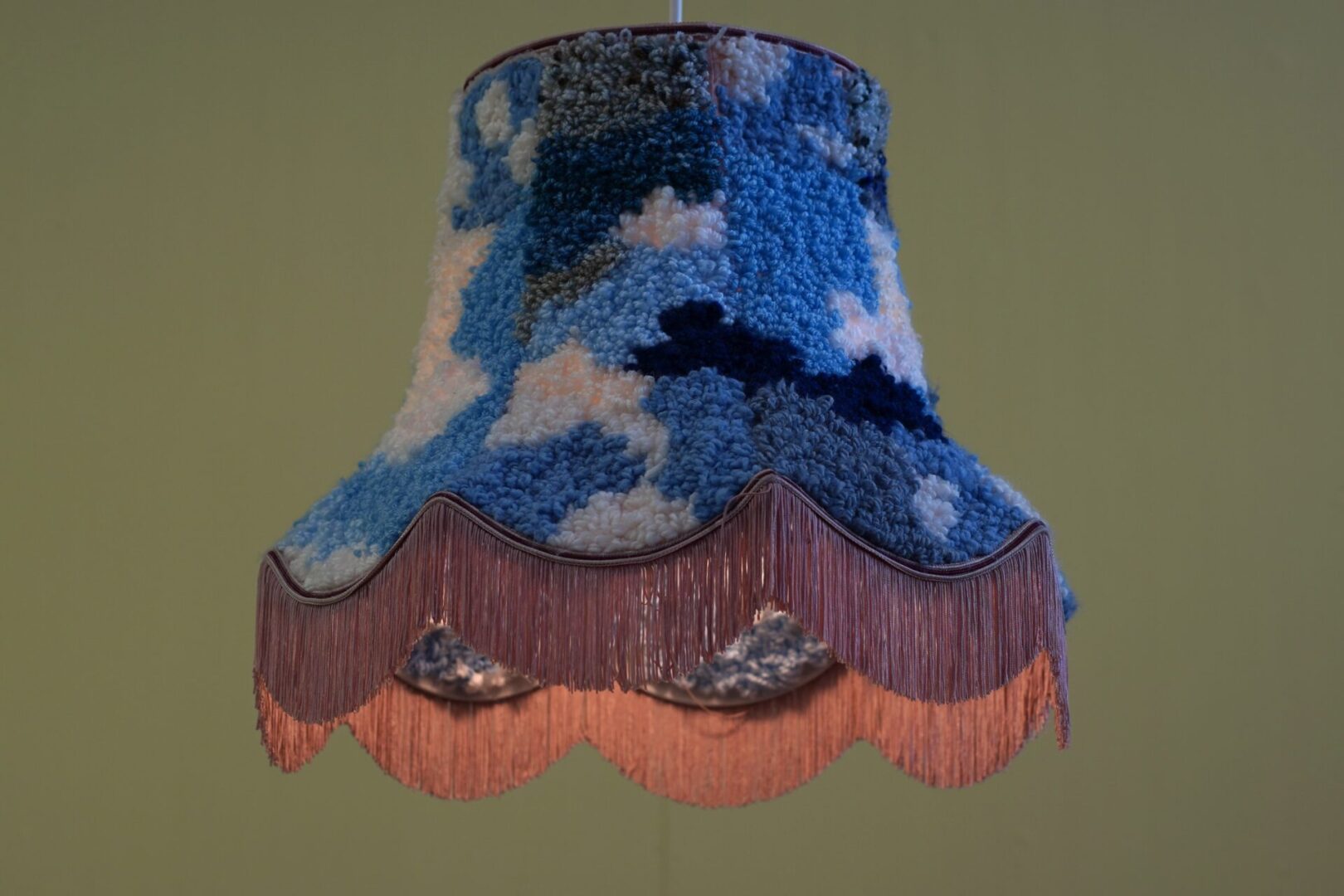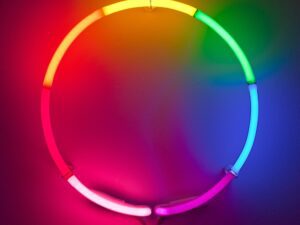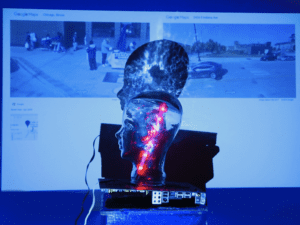John Koenig’s The Dictionary of Obscure Sorrows is a compendium of “emotions that we all feel but don’t have the words to express.” Within its pages, Koenig defines an array of obscure terms, from “sonder,” the awareness that everyone has a story, to “astrophe,” the longing to explore beyond the planet Earth. One notable term is “anemoia” – “the feeling of nostalgia for a time you’ve never known” – and this idea is at the heart of a new exhibition as part of Connaught Village Art Month – a celebration of art and culture featuring exhibitions in the village’s leading galleries alongside pop-ups and events. The featured artists – Eleanor McLean, Ellie Pearch and Jacob Talkowski – riff on the concept of nostalgia “as a cultural phenomenon”, through sculpture and installation. The show is curated by creatives from Acme Studios, a London-based charity supporting artists since 1972, providing affordable studios, residencies and awards.
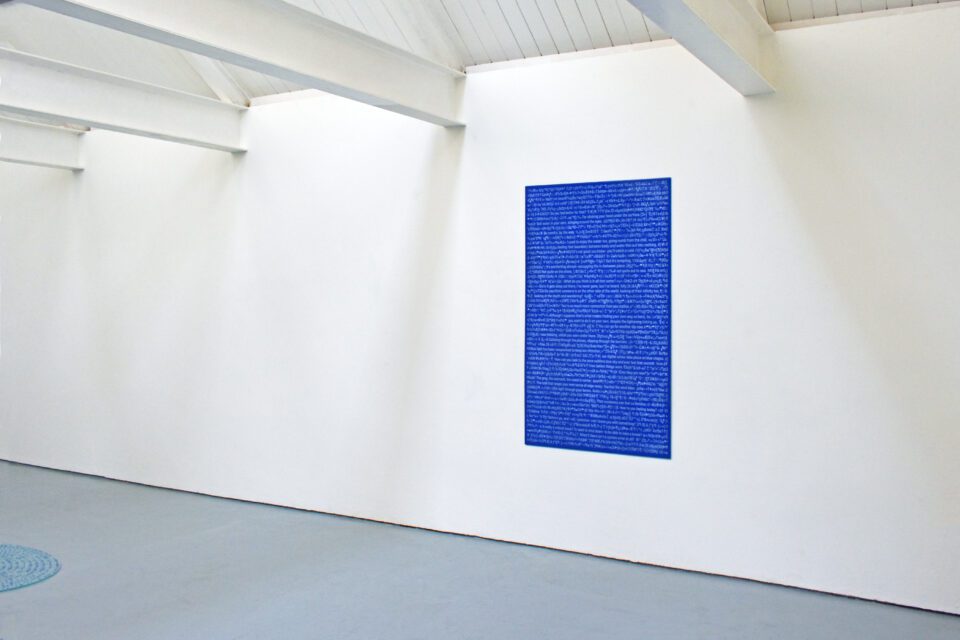
Eleanor McLean explores the emotional resonance and memory-laden presence of domestic objects, presenting glowing lampshades, pint glasses half-filled with pennies and framed pastoral scenes. She collects found materials – often from Victorian-influenced British pubs – which she reinterprets through traditional craft processes such as tufting, mosaic and writing. In doing so, McLean investigates the act of daydreaming and remembering: “how memory is constructed, and physically how objects of an interior space change and move through time, and then become romanticised.” Her installation how many pennies do I need to collect before I get good luck?, at RCA’s 2022 postgraduate show, recreated a classic pub setting complete with tables, glasses and chairs. Yet something felt off-kilter: paper and plastic were transformed into mosaic, the light overhead embroidered with soft clouds. The result felt like stepping into a dream.
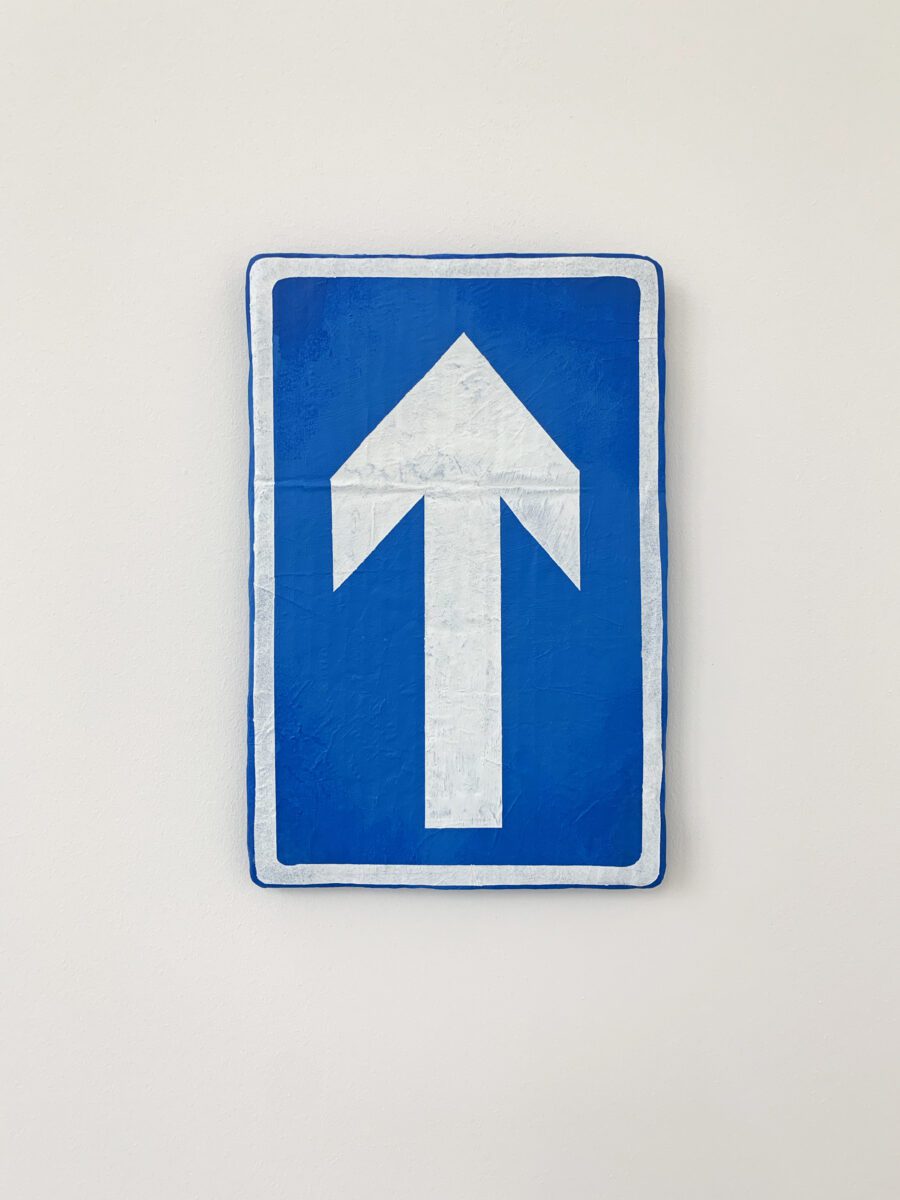
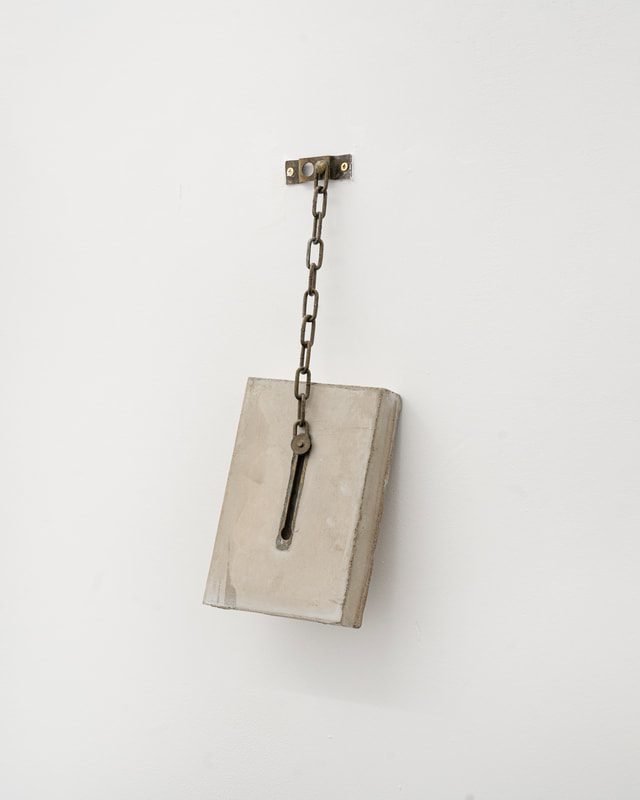
Sculptor Ellie Pearch also engages with everyday objects as means of activating memory. Pearch is interested in mass-produced or overlooked materials, like newspaper, cardboard, concrete and phone screen glass. Her practice is dedicated to “memorialising lost interactions and buried feelings … stunted conversations, parting glances, doors opened and tentatively closed.” In Block (II) (2025), for example, Pearch attached a concrete lock to the gallery wall – a door that leads to nowhere. Yesterday’s solutions (2025), meanwhile, presents a ripped curtain hanging tentatively in space. Sitting on all this stuff (2024) is a steel bench built from old editions of Metro. These works tread the line between discomfort and familiarity.
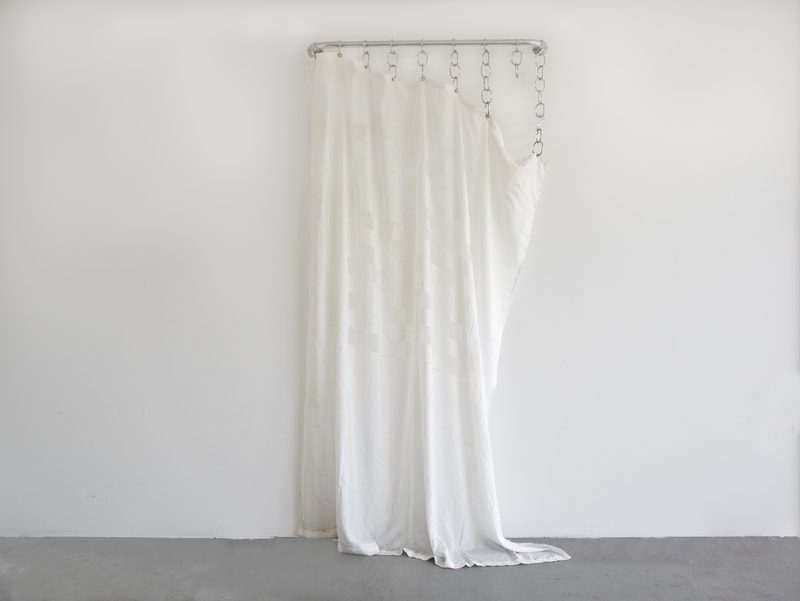
Then there’s Jacob Talkowski, best-known for installations that repurpose yellow polystyrene takeaway containers into long walls, meandering forms and towers. Talkowski is one-to-watch; earlier this year, the installation When Winds Want The Water was part of Saatchi Gallery’s UK New Artists of the Year Award Exhibition, alongside other artists who play with materials that would otherwise be taken for granted, ignored or discarded. In so doing, Talkowski addresses themes of classism, youth culture and the fragility of urban life – creating a powerful dialogue with both Pearch and McLean.
These three artists invite us to engage with the everyday, and to look again at the ordinary things that shape our sense of time, place and belonging. Set within the context of Connaught Village Art Month, their works feel both intimate and expansive: turning nostalgia into something tactile and alive. Through transformed objects and uncanny spaces, they show how memory doesn’t just reside in the past, but flickers constantly in the present moment – in the textures, materials and gestures of daily life.
Anemoia is part of Connaught Art Month until 29 October
London, W2 2AF
connaught-village.co.uk | acme.org.uk
Words: Eleanor Sutherland
Image Features:
1. Eleanor McLean, Blue Skies.
2. Jacob Talkowski, Is It Cold In The Water?
3. Jacob Talkowski, Legitimate Authors.
4. Ellie Pearch, Block (II).
5. Ellie Pearch, Yesterday’s solutions. Photographed by Riley Tu.


